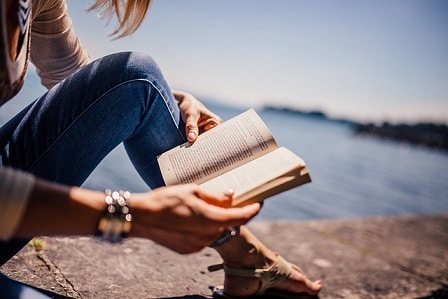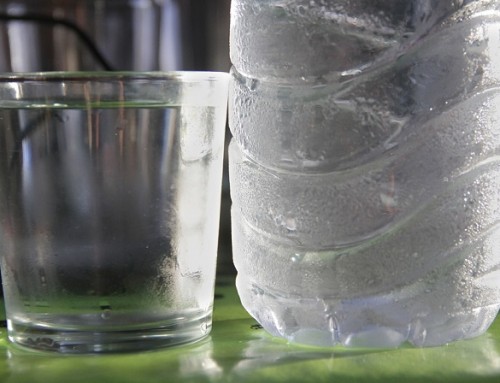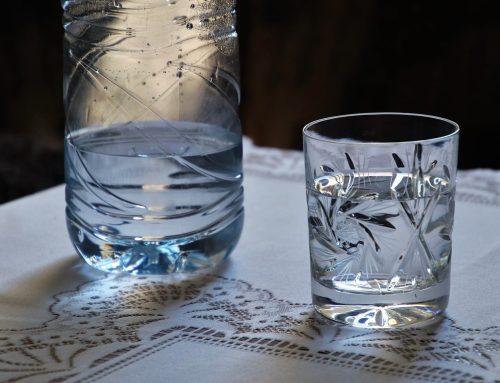 The pages of this a bug-killing book, also known as the “drinkable book” combines printed information on how and why on should filter water with treated paper containing nanoparticles of silver or copper that kill any bacteria in the water as it filters through the paper.
The pages of this a bug-killing book, also known as the “drinkable book” combines printed information on how and why on should filter water with treated paper containing nanoparticles of silver or copper that kill any bacteria in the water as it filters through the paper.
The book was tested at 25 various contaminated water sources in Ghana, Bangladesh and South Africa, and was successful in removing in excess of 99% of the bacteria in the water.
Filter your Water with Pages of This Book
Dr Teri Dankovich, a postdoctoral researcher at Carnegie Mellon University in Pittsburgh, developed and tested the technology for the book over several years, at both McGill University in Canada as well as at the University of Virginia.
Presenting the results at the 250th national meeting of the American Chemical Society in Boston, US, Dr Dankovich noted that there are currently in excess of 663 million globally who do not have access to potable water, and said that the book is aimed at those communities most needing it in developing countries.
All that is required to get water that is drinkable, from even the most polluted rivers, streams and wells is to tear out a page, put it in a simple filter holder and pour water into it. Silver or copper ions come off the surface of the nanoparticles in the paper, and those are absorbed by the microbes which then kill them.
According to tests done, one page can clean up to 100 litres of water, which means that one book could filter one individual’s complete water supply for four years.
After completing a set of lab trials, field trials were done over a period of two years, in conjunction with charities Water is Life and iDE, wherein the bacteria count in the water samples plummeted by well over 99% on average, and zero in most. One site in particular tested the paper to its limit; there was literally raw sewage being dumped into the stream, resulting in very high levels of bacteria, but the paper was able to almost completely kill the bacteria.
While the paper is currently being made by hand, it is hoped that production of the paper can soon be stepped up so that the paper can be given to individuals in local communities to try out themselves.
The “drinkable book” has now passed two key stages, but there is still more to be done, including designing a commercially viable, scalable product for a device that the pages slot into and checking to see if the paper can also filter out non-bacterial infections, such as cryptosporidium.
Get water cooler accessories from Living-Water in London. Buy natural spring water, under counter water coolers and hot water boilers.





